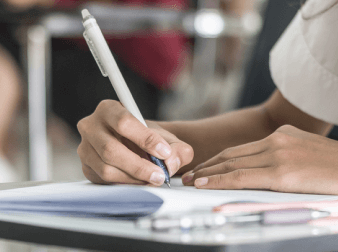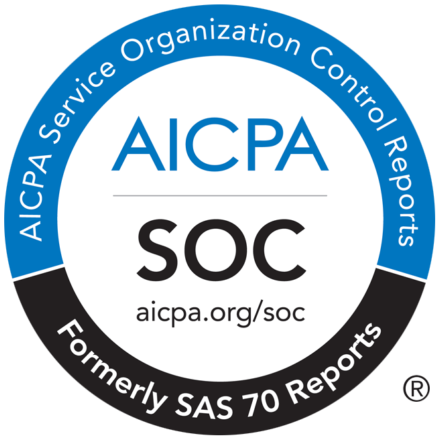Plagiarism in poetry is more common than it was in the past. The famous words of T S Eliot reveal it; he said, “Immature poet imitate; mature poets steal”. In the most recent case, if you have come across the poetry news, you will have known about the poem “Gun Metal” written by Ailey O’Toole, which was accused of plagiarism from the works of more than 11 poets. There are several high-profile cases of plagiarism in literature, which would have been difficult to happen with a poetry plagiarism checker, which is used by most academic institution today to detect plagiarism in students’ submissions.

Here Are 5 Ways a Plagiarism Detector Can Prevent Copyright Violations
- Checks for Similarity Across a Range of Sources
With the use of artificial intelligence in the fields such as art, music and education, the problem of duplicate content is dealt with effectively. Plagiarism accusations are found high in these fields, especially in poetry, where several poets are blamed of stealing words or verses from other poets or authors, without giving due credit to them. Today you have several online plagiarism checkers to detect plagiarism in poems.
There are writers who copy and modify content to a great degree to make it difficult for a plagiarism detector to identify. AI-based plagiarism software deeply digs out any plagiarized sentence or phrase by checking trillions of sources across the web.
- Helps Ensure Your Work Is Unique and Transformative
The chances are high today that you will easily be caught attempting to copy and pass off another person’s work as yours. The latest plagiarism scanners, which are AI-powered, use the advanced algorithms to detect the similarity in the author’s work and alert the publishers and editors who will stop working with you. This can spoil your reputation in the world of literature. Where you are inspired by other’s work and use them, then you should make sure that your work is of original content.
T S Eliot famously said, “bad poets deface what they take, and good poets make it into something better, or at least something different”. This quote states the rule of fair use of poetry. The US copyright law permits the use of someone’s copyrighted material if his or her work is transformative. This means, if you use some parts of the other’s work in your creative work, you should ensure that your piece of work is not similar to the original content.
For instance, O’Toole has some copied verbatim, facsimiles and paraphrased lines in the work taken from other poets. This inspirational work is not considered transformative, and hence, O’Toole is regarded guilty of copyright act or plagiarism.
“Reading Willa Cather in Bangladesh”, Tarfia Faizullah’s poem in her book Seam shows what transformative work is. She informs the reader by introducing some lines from the “Song of a Lark” by Willa Cather and under those lines she gives her version of lines, which are original. This shows what she wrote is her own creation. With a free online plagiarism checker, you can prove that your creation is unique, as well as transformative.
- Avoids Any Costly Litigation Due to Copyright Infringement
When copyright infringement is a legal concept, plagiarism is not; nevertheless, most academic institutions consider it as unethical, even if it is caused with or without the infringement of copyright. Lifting a few lines from someone’s collection of poems and pawning them as they are your own is a breach of copyright law. The original author could stumble across your poem, and take legal steps, which may lead to statutory damages. This asks you to be aware of copyright protection for creative works, which includes derivative works too.
A derivative work is connected to pre-existing works, and they include revisions, elaborations, annotations, translation, fictionalization, musical arrangement, dramatization, art reproduction, and so on. Though both original work and derivative work come under copyright protection, the copyright for a derivative work is different from that of the original work. A copyright holder generally holds the right even if he or she allows one to do a derivative work. With a plagiarism checking tool, you can avoid any costly litigation from the copyright owner.

- Helps Protect Your Intellectual Property
Advanced plagiarism checking tools are widely used in the literary world, and they in turn help protect the intellectual property IP rights, which include the laws regarding patent and trademarks, copyright and trade secrets. The IPRs offer legal protection to the authors’ rights, which is generally up to 20 years. Most collections of poems can find author’s notes at the end, which are inspired by others. Such lines will pass the plagiarism test if they are appropriately attributed. It is essential to always indicate the content borrowed using an author’s note in the poem, either in the beginning or end.
In case you frame the title of your poem by borrowing from another source, you need to cite the source, along with an author’s note.
- Provides Accurate Results
With a reliable plagiarism scanner, you get a detailed list of matched sources, which helps you know the original source and compare it with your text. If you want, you can download the plagiarism report in a word or pdf format and conduct a detailed study offline. You can also cite the original source and the form name in your poem title if you have missed it. Some advanced tools also have a cheat detection feature to detect manipulation in the page to cheat the software and give accurate results.
Plagiarism accusations in poetry are widespread, and it is up to you as an author to draw an influence from other poets with committing plagiarism. The above uses of a plagiarism checker can help you prevent copyright violations to a great extent.

